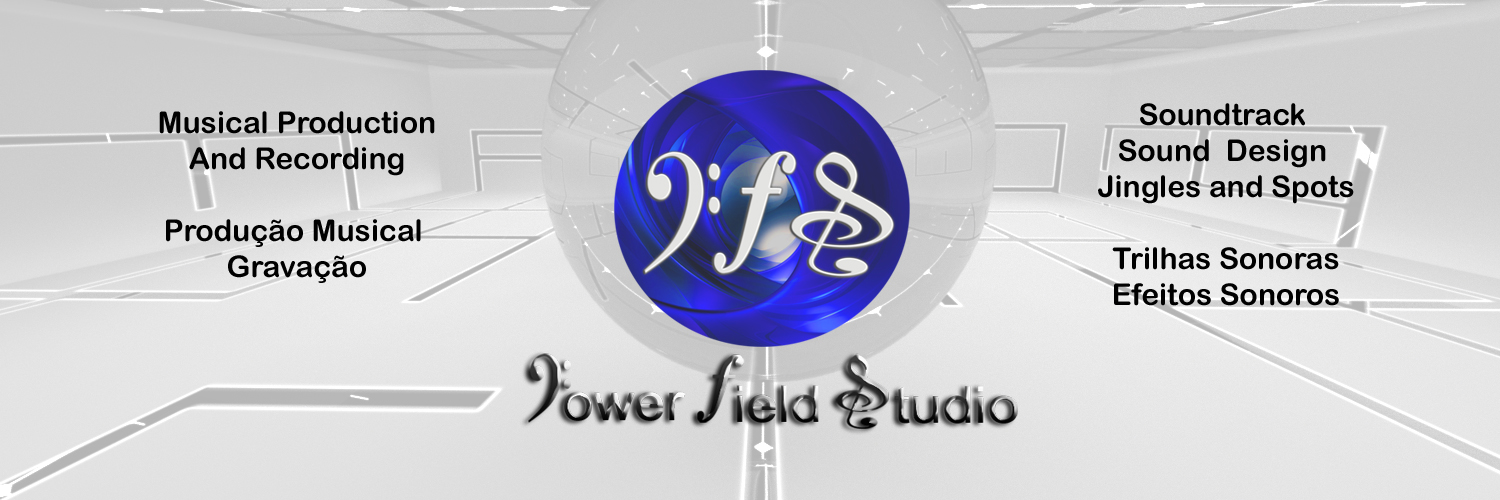The YouTube-Music Feud, Part 1: Why '$3 Billion To Rights Holders' Means Nothing
AUSTIN, TX – MARCH 17: A view of the stage at YouTube At Coppertank during the 2016 SXSW Music, Film + Interactive Festival on March 17, 2016 in Austin, Texas. (Photo by Neilson Barnard/Getty Images for SXSW)
This is part one of a series that discusses missing narratives from the music industry’s fight against YouTube. The posts are meant to be objective–siding neither with YouTube nor with artists, but rather highlighting and unpacking important data points that both sides of the debate are leaving out.
Today marks the one-month anniversary of over 180 musicians signing an open letter to Congress, protesting Section 512 of the Digital Millennium Copyright Act (DMCA). According to the letter, Section 512 directly diminishes songwriters’ and artists’ earnings by allowing “major tech companies to grow and generate huge profits by creating ease of use for consumers to carry almost every recorded song in history in their pocket via a smartphone.” While not mentioned by name, YouTube is the dominant scapegoat in this complaint.
Today also marks the ten-day anniversary of Google GOOGL -0.02%’s response to these complaints, in the form of an update to “How Google Fights Piracy.” The 62-page report highlights how Google has actually enabled creators to build more sustainable careers, from using SEO techniques to hide piracy websites to helping artists gain insight into their ever more distributed audiences.
Both stances remain impassioned, yet unconvincing. The music industry’s larger argument of “pay us more” is vastly oversimplified, and has prompted a similarly oversimplified response from Google.
For instance, YouTube often cites how it has paid out over $3 billion to music rights holders to date, 50% of which has been monetized through ad placement with Content ID (a proprietary technology that identifies copyrighted work in user-generated content). Both of these statistics are weak because they give no clarity to how that money is distributed, nor to whether that distribution is fair—questions that should stand at the center of discussions around YouTube’s utility to the music industry.
Yes, the larger music value chain is partly to blame for why artists receive pennies for their YouTube streams. Unlike with native YouTube creators like Pewdiepie or Michelle Phan, a vast and complex ecosystem of labels, publishers, songwriters and other stakeholders often engulfs a musician’s work, leading to a similarly fragmented split of revenues.
However, YouTube’s Content ID seems inherently biased toward celebrities and against independent and emerging artists. Only around 8,000 rights holders currently have access to the technology, a portion of whom work in the music industry; this leaves hundreds of thousands of musicians unable to monetize their work. While qualifying for Content ID sounds simple—based on an “evaluation of each applicant’s actual need for the tools”—the service seems to have been reserved for a lucky and unrepresentative few, many of whom are probably associated with major labels.
Furthermore, contrary to the minimum rates that audio streaming services like Spotify are required to pay, Content ID’s value fluctuates over time in tandem with the value of the host channel, the health of the larger global ad market and other factors. YouTube is a fundamentally ad-driven business that interprets play count as a proxy for value, so the cost of ad inventory decreases for most user-generated videos. Unfortunately, these videos account for a small percentage of YouTube consumption: according to MIDiA Research’s recent report “The State of the YouTube Music Economy,” 91% of music video views are concentrated on the first page of results, usually dominated by verified channels like Vevo.
These fluctuations and winner-take-all dynamics give much-needed context to Google’s claims that the music industry chooses to monetize 95% of videos identified with Content ID, and that accuracy rates are as high as 99.7% (which in itself has been disputed, as the IFPI recently claimed that Content ID fails to identify as much as 20-40% of songs on YouTube). Regardless of what the correct numbers are, Content ID is only as valuable as the videos it identifies, and the technology is still unavailable to an alarming number of musicians.
Monetizing user uploads is a costly endeavor—Google has invested over $60 million in Content ID—and the $3 billion figure at least suggests that the technology is working. However, a gap still prevails in which most independent creators cannot monetize their content on YouTube. An artist’s ability to send a DMCA takedown notice seems more and more dependent on relationships with corporate third parties; ironically, the fact that only Taylor Swift-level stars are speaking out in this debate further silences the independent sector. Both Google and the music industry need to look beyond public spectacle, realize who is missing from the discussion, and take them into account when building a sustainable strategy for distributing their resources.







